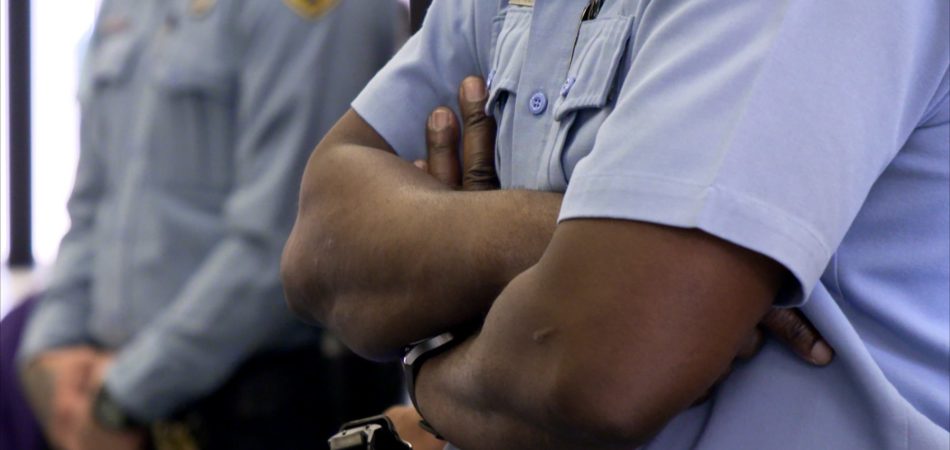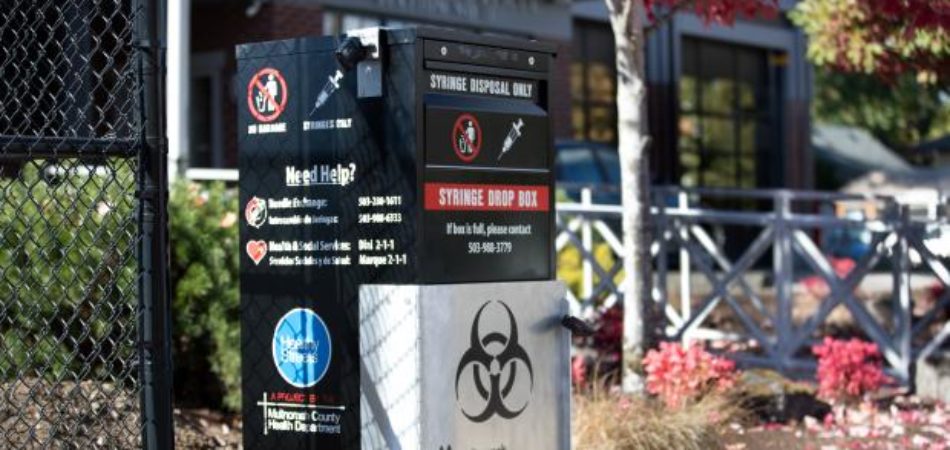The Issue
Nearly one in four jobs in the U.S. require a government-issued license. Yet many people with a criminal record are prohibited from receiving occupational licenses or discouraged from seeking jobs in licensed fields. However, many states are working to advance fair chance licensing policies.
Nick’s Story
Nick Aponte served 23 years in prison in Connecticut, where he became a nurse’s aide in the prison infirmary. Despite his experience and passion for hospice work, his criminal record has prevented him from obtaining a nursing license in the community.
Barriers to work prevent potentially qualified workers from pursuing critical occupations—from barbering and landscaping, to realty and insurance sales, to all levels of the health care industry. Even when employers or local businesses want to hire people with records, state regulations can get in the way. A person with a criminal record also stands to benefit from obtaining an occupational license, as it can lead to a higher-paying job and reduce the chance of recidivism.
Lester’s Story
Lester Young was sent to prison when he was 19. When he got out 22 years later, he had a dream of becoming a home inspector in South Carolina. But after taking all the required classes, he discovered he would not be allowed to take the licensing exam due to his felony conviction.
States across the country are now taking steps to advance fair chance licensing policies, which aim to expand access to licensure for qualified workers with criminal histories. Implementing legislative and regulatory reforms make the licensing process and its outcomes fairer, more consistent, and more transparent. These changes are also allowing states to grow their workforce and reduce recidivism while permitting deserving workers to contribute to their communities.
Participate in the Fair Chance Licensing Living Room Premiere Workshop to learn how employment barriers impact people with criminal records.










